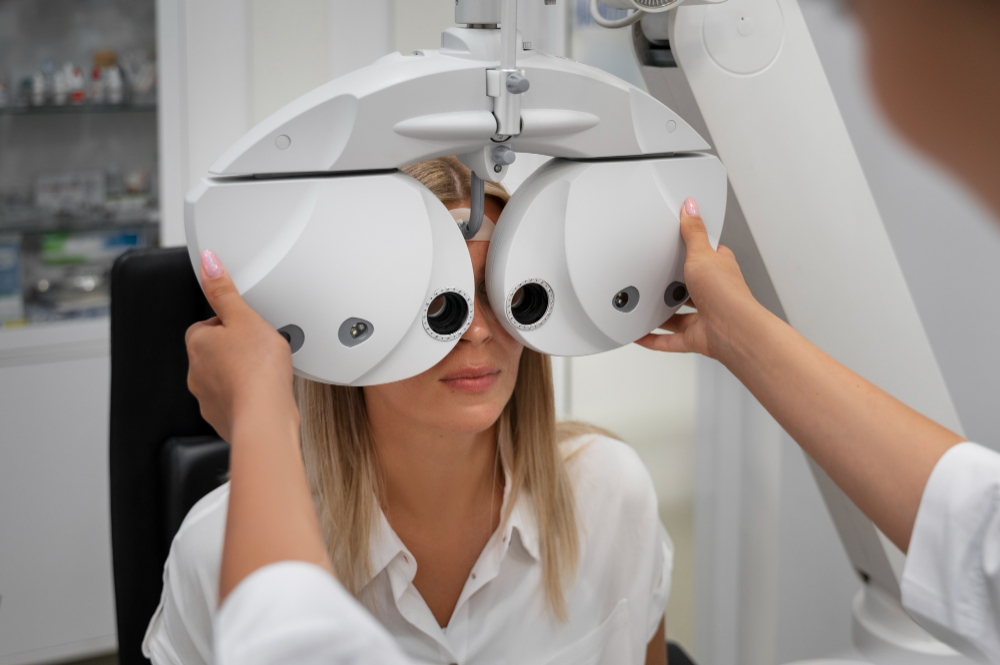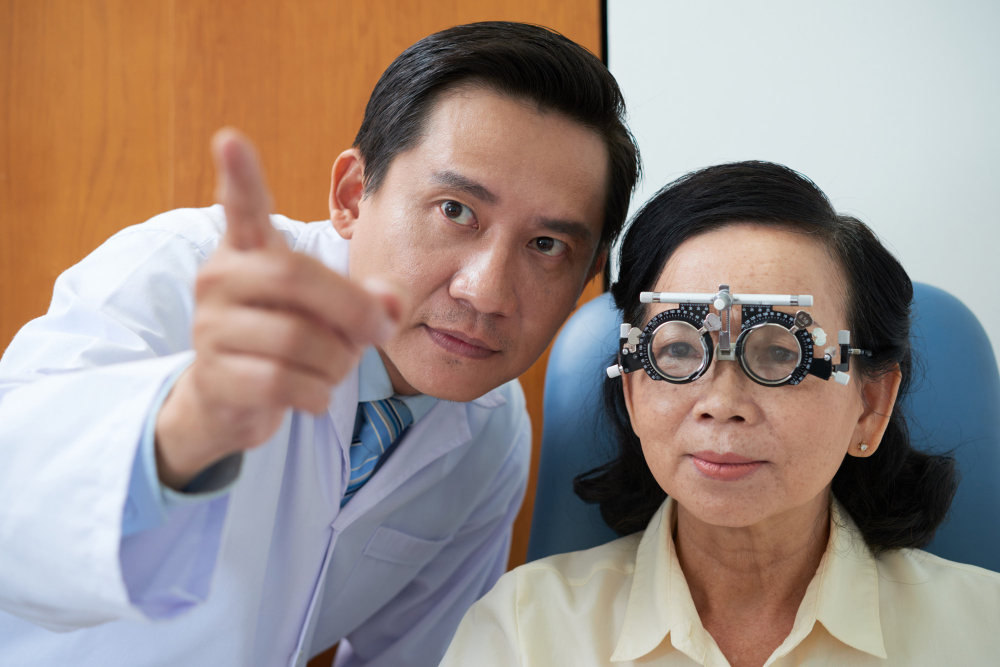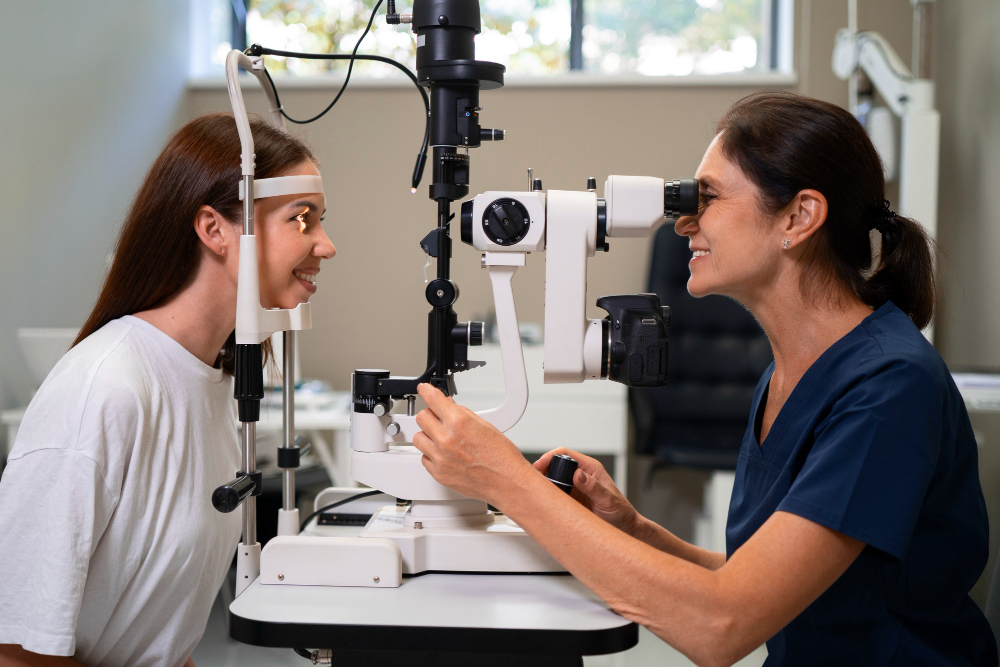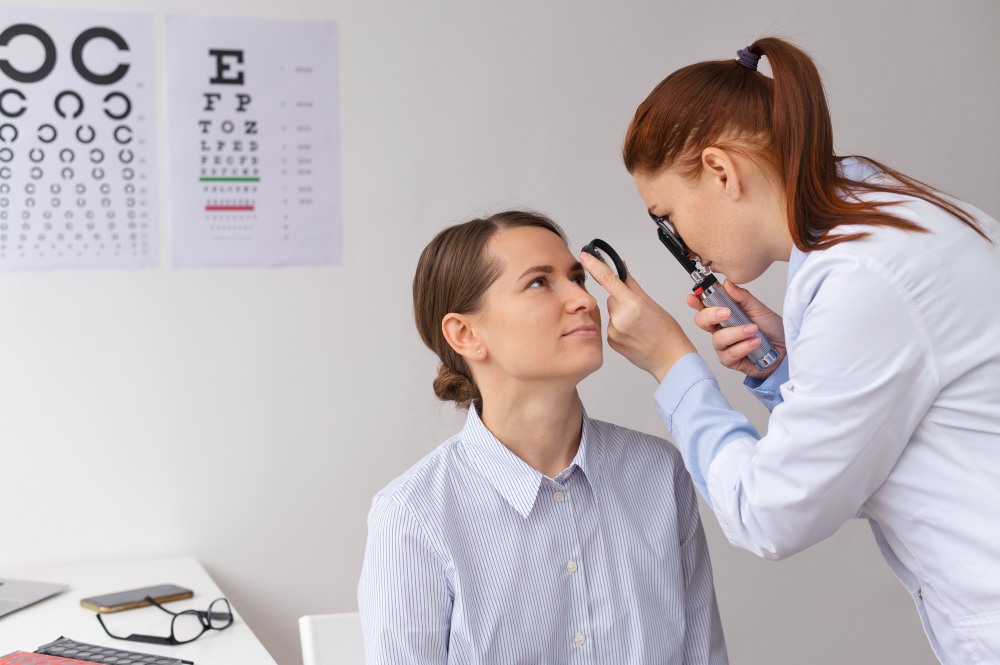Tech-Enabled Innovations and the Rise of AI-Powered Assistance in Ophthalmology
A New Era in Vision Care — Are We Ready?
Ophthalmology is a field where every decision, every detail, and every second matters. Doctors are expected to handle increasing patient loads, interpret complex imaging, manage records, and perform intricate surgeries — often all within the same day.
Despite the availability of advanced imaging tools and digital systems, most eye care environments are still heavily manual. Clinical staff spend more time navigating software and documenting notes than focusing on what truly matters — the patient. It’s time for a smarter, seamless approach.

What’s Changed: Tech in Vision Science
Ophthalmology has seen major advancements in:
- High-resolution OCT and fundus imaging
- Cloud-based EMRs and teleophthalmology platforms
- Automated refraction tools and surgical lasers
But despite these breakthroughs, the workflow remains disconnected. Doctors still move between machines, switch windows, dictate notes, and juggle multiple systems.
What’s missing is an intelligent layer that unifies, simplifies, and supports — in real time.
What’s Changed: Tech in Vision Science
Ophthalmology has seen major advancements in:
- High-resolution OCT and fundus imaging
- Cloud-based EMRs and teleophthalmology platforms
- Automated refraction tools and surgical lasers
But despite these breakthroughs, the workflow remains disconnected. Doctors still move between machines, switch windows, dictate notes, and juggle multiple systems.
What’s missing is an intelligent layer that unifies, simplifies, and supports — in real time.
Why AI Is the Next Frontier in Eye Care
AI is already transforming medicine. In ophthalmology, its applications include:
- Automatic detection of diabetic retinopathy, glaucoma, and AMD
- Scan comparisons over time to flag deterioration
- Predictive modeling for high-risk patients
- Decision support in large-scale screening or rural outreach
- Reduced diagnostic errors and improved documentation
But most current AI solutions are standalone apps or research tools — not integrated into everyday care.
The need is clear: AI that works with doctors, as they work, wherever they work.

Enter AI-Powered Hardware Assistants for Ophthalmology
Imagine a voice-enabled device in your clinic, OT, or mobile unit. It listens to your commands and responds instantly:
This is real-time, voice-first clinical AI — designed specifically for ophthalmology.
Why Hardware-Based AI Assistance Is Essential
A dedicated, AI-powered hardware assistant:
Works hands-free in clinical and surgical settings
Analyzes diagnostic images using onboard AI
Dictates and auto-fills clinical records
Functions offline for rural and mobile environments
Integrates with EMRs, PACS, and hospital systems
It becomes a silent partner — always present, never in the way.
For Every Eye Care Setting

Built for Healthcare
- Medical-grade voice intelligence
- Multilingual support for doctors and patients
- Edge AI for offline use
- Secure, encrypted, and NDHM/HIPAA compliant
- Designed to be compact and easy to deploy
How We Can Help — As Your AI & Data Science Partner
At TQuanta, we specialize in AI, Data Science, and Intelligent Automation for healthcare and life sciences. We don't just offer products — we build tailored solutions that transform real-world clinical workflows.
Custom AI Development
-
1
Disease detection from retinal images
-
2
Predictive patient risk scoring
-
3
Longitudinal imaging comparisons
-
4
NLP-powered voice recognition tuned to medical terms
Hardware + AI Integration
-
1
Voice command processing
-
2
Edge computing for offline image analysis
-
3
Seamless EMR and diagnostic device connectivity
Workflow Transformation Consulting
-
1
AI-assisted automation
-
2
Voice-first interfaces
-
3
End-to-end digital integration
Scalable Deployment
-
1
Customize solutions to your infrastructure
-
2
Deploy in urban, rural, or mobile settings
-
3
Train staff on adoption and use
Our Mission: Empowering Smarter Eye Care, Everywhere
We believe ophthalmology deserves more than fragmented apps and disconnected systems.
It needs:
-
Smart environments
-
Voice-guided tools
-
Real-time assistance
-
AI that respects clinical flow
-
And technology that serves both urban hospitals and rural camps alike
-
That’s what we build.
-
That’s how we help.

